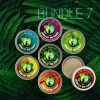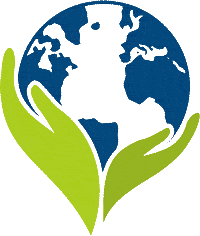The name “mundurucu” is the name with which a rival group of mundurucus, the parintintins, denominate them. It means “red ants” and is a reference to the mass attack that the mundurucus used to carry out on their enemies.
The Mundurucu Indians have a particular numerical system. Pierre Pica, along with Stanislas Dehaene and Elizabeth Spelke, developed a seminal work with the mundurucus revealing the psychophysical and linguistic properties of the mundurucu counting system. Mundurucus only have words for numbers up to five. Despite this, they are able to perform several arithmetic operations roughly with similarity to that of Western individuals who received formal mathematics education.
According to their myth of origin, the mundurucus were created by Karosakaybo in the village Wakopadi, near the headwaters of the Krepori river. In the second half of the eighteenth century, the first recorded contacts with non-Indians began. At that time, the mundurucurus dominated the valley of the Tapajós river, region that was known like Mundurucânia. It was the custom of the Mundurucus to mummify the skulls of their defeated enemies, to whom they attributed magical properties. With the defeat of the Mundurucus in front of the various Portuguese military expeditions, they were housed in missionary settlements and began to supply the so-called drugs of the hinterland.
From the mid-nineteenth century, the advent of the rubber cycle marked the increase of the presence of non-Indians in the traditional Mundurucu territory. Today, the Mundurucs struggle to preserve the possession of their traditional territory in the face of illegal mining, construction of hydroelectric plants and creation of waterways[/vc_column_text][/vc_column][/vc_row][vc_row][vc_column][templatera id=”10446″][/vc_column][/vc_row]






 Join the Tribe
Join the Tribe